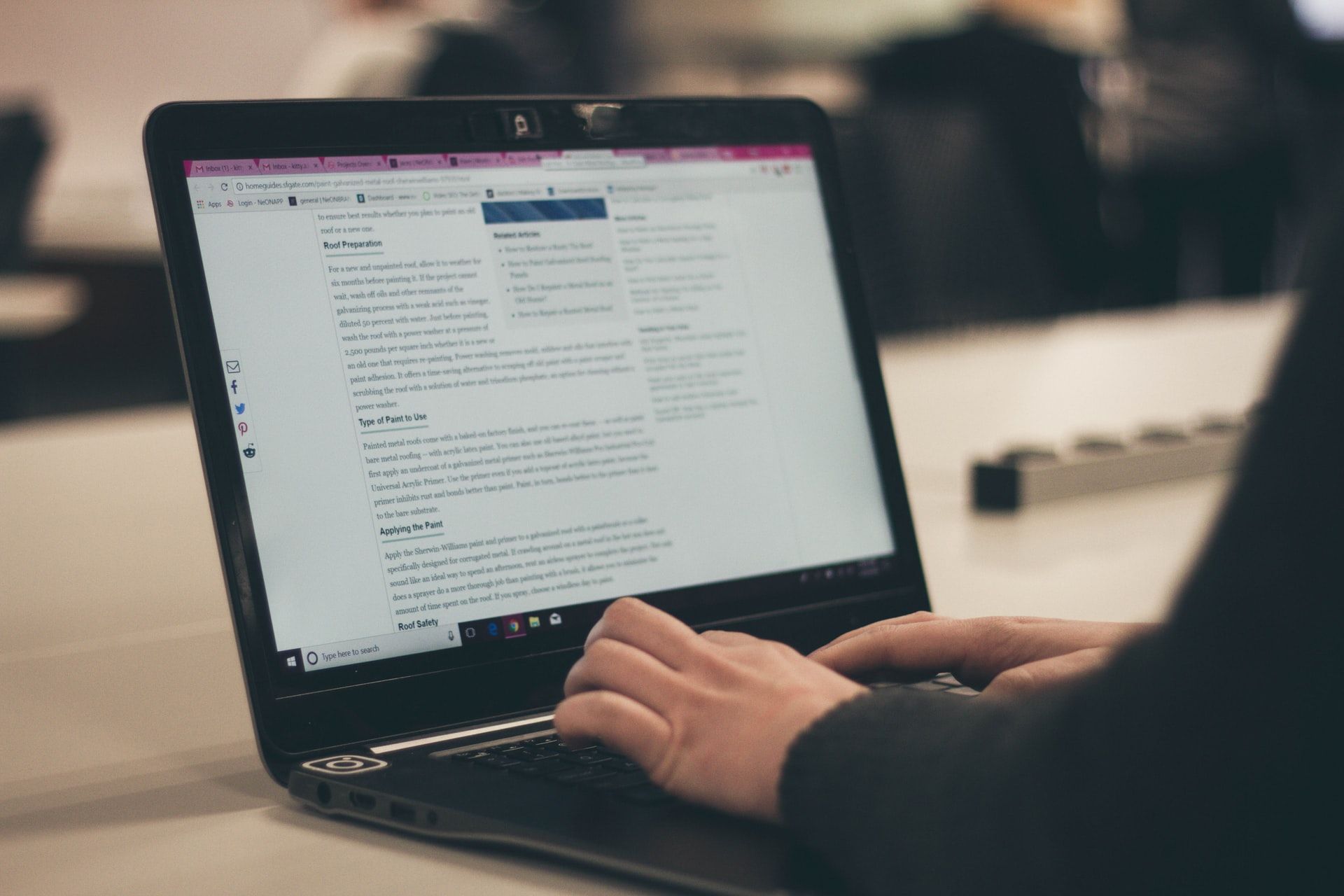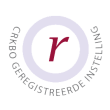Our approach
In a one-on-one lesson or one-on-two lesson, all the tutor’s attention is focused on your needs. But attention alone does not guarantee a more effective lesson. Our approach is aimed at reversing the activities of a student, the so-called Flipping the Classroom model. At home you prepare for your lesson, do (online) exercises and watch podcasts, videos and films. This is called passive instruction and it leaves a lot of time for speaking, in-depth Q&A, and reflection during the lesson itself.

Prepare theory at home, practice and apply actively with your tutor
Step 1: Orientate on theory
As a student, you familiarize yourself with the material before class. You read through the lesson, view accompanying photos or video, do online exercises and y you get written feedback and you are then optimally prepared for your lesson.
Step 2: Practice, feedback and reflection during the lesson
The online (and offline) lesson often starts with a short question and answer (Q&A) moment. Then you practice the material with your tutor in an interactive, repetitive, and playful way, so that you immediately apply new words and grammar. During the lesson the tutor gives feedback and at the end you reflect on what went well and what you can improve on.
Step 3: Active repetition of theory in practice
As a student you now put what you have learned into practice and go outside, into daily life. You carry out language assignments with family, friends, neighbors or colleagues. This is a very important step to experience for yourself what it is like to speak Dutch without a tutor. In class, you reflect on these extracurricular activities with your tutor.
Step 4: Informal and formal testing
This final step you take at a moment when you are ready for using Dutch independently. Your own or another tutor can conduct informal tests or you can register for an official test. It is all up to you!

